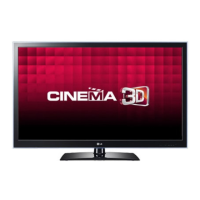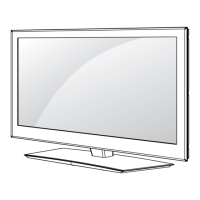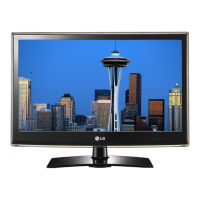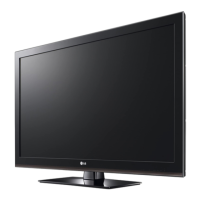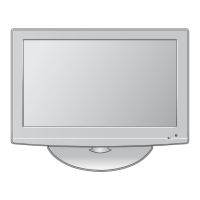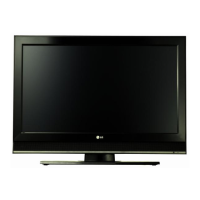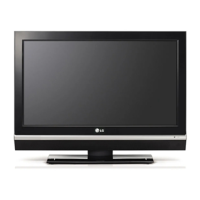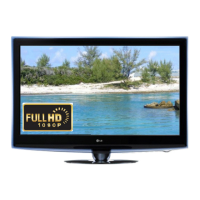Why is subtitle not working on my LG 42LW4500?
- SSusan ShawSep 23, 2025
If subtitles aren't working on your LG LCD TV, first ensure the file plays correctly on a PC, checking for damage. Confirm that the video and subtitle file names match and that they're in the same folder. Also, check if the subtitle file and language are supported by the TV.
